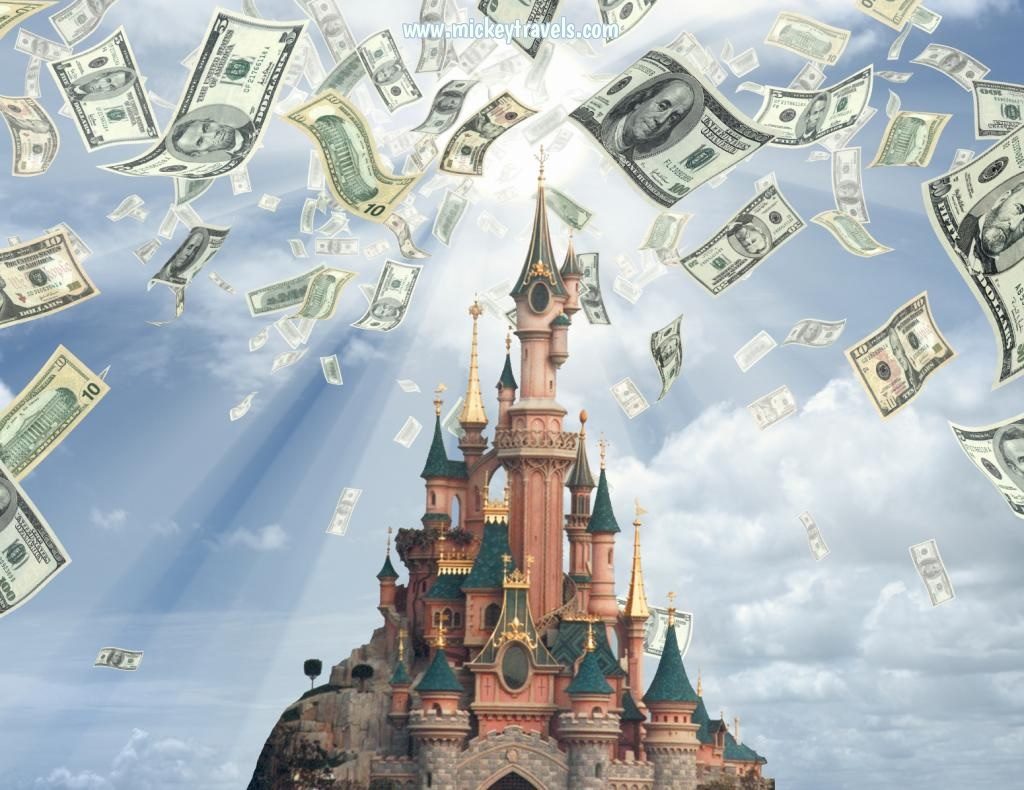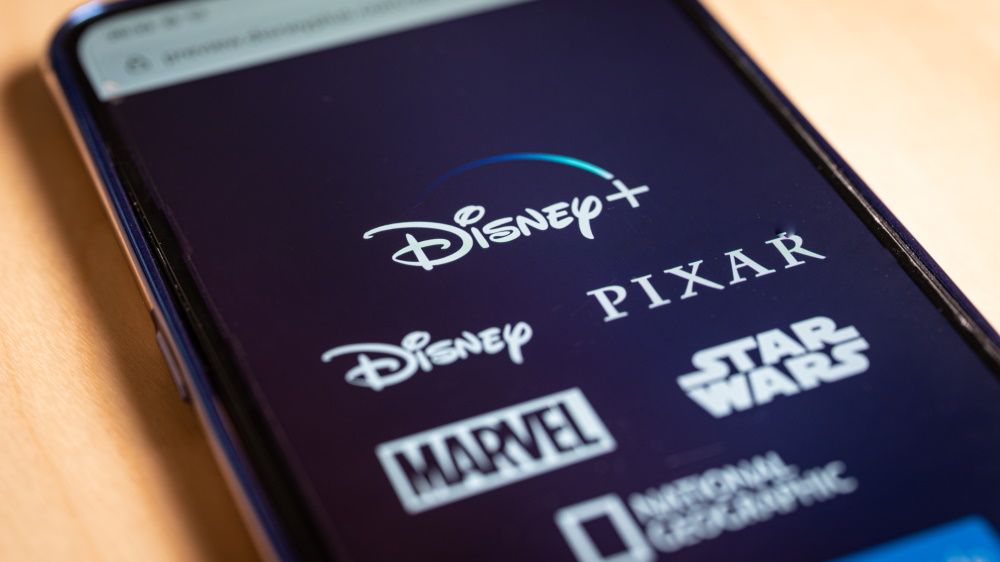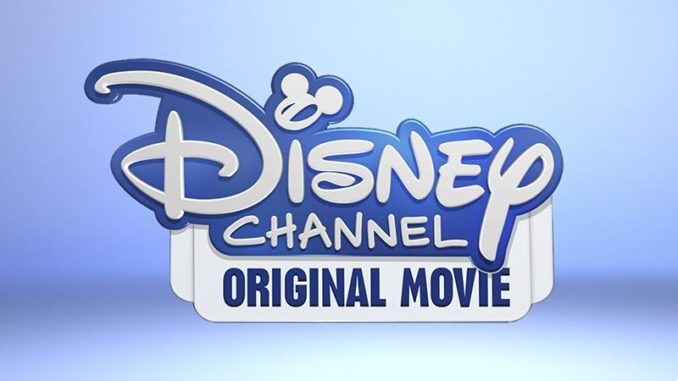Disney Just Crushed It Again. Let’s Talk about it!
The Walt Disney Company just reported its quarterly earnings for the third quarter of 2021.
As usual, the quality of the results lies entirely in the eye of the beholder.
Disney stock has trended upward during the pandemic. Moreover, it appeared likely to soar again before the Delta variant led to another massive outbreak.
Disney’s earnings for the third quarter shouldn’t experience any significant impact from this, though.
Instead, this past quarter reflects the most accurate data about Disney since the start of 2020.
Let’s talk about all the ways that Disney is swimming in cash.

The Basics
Wall Street provides an estimate for every quarterly earnings report.
With Disney, the expectation suggested $16.76 billion in revenue and earnings per share (EPS) of $0.55.
While it wouldn’t have meant much if Disney hadn’t beaten those expectations, I’m happy to report that the company crushed them.
For the quarter that ran from April 4th through July 3rd, EPS was $0.80, 45 percent more than Wall Street projected.
More impressively, the company’s second-quarter revenue reached $17.02 billion.
That number reflects Disney’s best quarterly revenue performance since the start of the pandemic. Year-over-year, Disney improved by 45 percent.


For that matter, we must go back to the first quarter of 2020 to find a better result. So, signs are clear that Disney’s well on the road to recovery.
In fact, $17 billion reflects one of the company’s highest quarterly earnings ever. The plans that former CEO Bob Iger put into place have crystallized under Bob Chapek.
Now, Disney has added another integral revenue stream whose success is anchoring the company. So let’s talk about it first this time.
Let’s Talk about Streaming
Before Disney+ debuted, executives created a new division called Direct-To-Consumer (DTC). This segment represents the future of Disney revenue.
Even now, DTC has already proven to be an earnings powerhouse. But, more importantly, the subscriber numbers for Disney+ have held Wall Street’s interest.
For this quarter, forecasts called for 112.8 million. You may recall that I took issue with the estimates for the second quarter, which were unreasonable bordering on ill-informed.
This quarter, analysts expected about three million new subscribers per month, which is still extensive growth.
I should add that another credentialed forecaster suggested 114.5 million, which struck me as an unreasonable expectation.
Well, the joke’s on me here as Disney demolished both expectations. Disney+ subscriptions spiked to 116 million, up from 103.6 million last quarter.
Folks, that’s a growth of nearly 12 percent in an already saturated marketplace. This is a STUNNING result.
Netflix only added 1.5 million subscribers in the same general timeframe and actually lost 400,000 in the United States and Canada.
So, Disney+ has even outpaced Netflix during the late spring and early summer.
Overall, Disney’s three streaming services, including ESPN+ and Hulu, the company’s DTC division has reached 174 million subscribers.
During the conference call, Chapek broke this down as 14.9 million on ESPN+ and 42.8 million on Hulu.
In terms of revenue, these products carried DTC to revenue of nearly $4.3 billion. That’s roughly 57 percent growth of $1.5 billion more than last year.
You can tell why I’m describing it as the company’s future. DTC should be earning $5 billion per quarter in six months, if not sooner.
Keep that number in mind as we talk about your favorite subject…
Let’s Talk about Theme Park Revenue
Disney theme parks obviously did much better than at this time last year. That’s not really the story, though.
With Disneyland Resort back in business, the overall revenue stream dramatically increased.
Disney Parks, Experiences and Products quadrupled (!) in earnings year-over-year. Seriously.
During the third quarter of 2020, Disney parks scraped together just over $1 billion. For the same timeframe this year, Disney earned $4.3 billion.
In fact, there’s a more considerable increase from Disney’s second to third quarter of 2021 than the entire Parks division earned the same time last year!
As I mentioned last time, Disney managed $3.2 billion for the second quarter, which seemed quite good at the time, all things considered.
That’s the power of Disneyland Resort right there. As a reminder, it was only open for roughly 70 percent of the time on this earnings report.
So, Disney can and will do better next quarter, especially with Disney After Hours Boo Bash and Oogie Boogie Bash revenue in the offing.
That’s not the biggest story here, though. Disney’s CFO, Christine McCarthy, noted that Disney parks were fully profitable for the first time since the pandemic’s start.
Disney has stated all along that it wouldn’t operate any park at a loss, and it hasn’t. Instead, this statement references accounting practices.
I know that’s boring, but it’s crucial here. For the second quarter, the parks “earned” $3.2 billion, which showed as a loss of $406 million on the ledger.
During the third quarter, the parks netted $356 million. Overall, that’s a net revenue improvement of $762 million quarter-over-quarter.


Disney’s Money Segments
After Disney consolidated and realigned last year, its featured division is Disney Media and Entertainment Distribution (DMED), which earns the most revenue right now.
This segment alone increased nearly $2 billion to $12.7 billion, making it the envy of Hollywood.
Putting that total in perspective, when I first wrote one of these for MickeyBlog, Disney’s entire quarterly revenue was around $15 billion!
DMED earns 85 percent of that on its own! So you can understand why Chairman Kareem Daniel holds so much esteem within the film industry.
Anybody holding the keys to a value worth $50+ billion annually is someone to respect.
Next, let’s talk about Linear Networks. Don’t let the media tell you that linear television revenue is dying!
Okay, it is, but the pace is roughly the same as the speed with which a tree is dying.
Sometimes, it’ll happen, but we’re nowhere near there yet. For example, linear Networks earned $7 billion, up 16 percent from the same quarter in 2020.
Somehow, Linear Networks revenue is up $1 billion from last year, which is stunning given the exponential rate of cord-cutting.
The other segment is more of a hodgepodge called Content Sales/Licensing and Other (CSLO).
This division consists of all the Disney core businesses that no longer fit into any of the other departments.
Think of it as valued products that aren’t part of the parks, streaming, or television advertising. It’s also less significant to the bottom line.
For the quarter, CSLO managed $1.68 billion, down from $2.18 billion in 2020. That’s the only minor setback on Disney’s entire ledger this quarter!
Feature Image: Disney

































